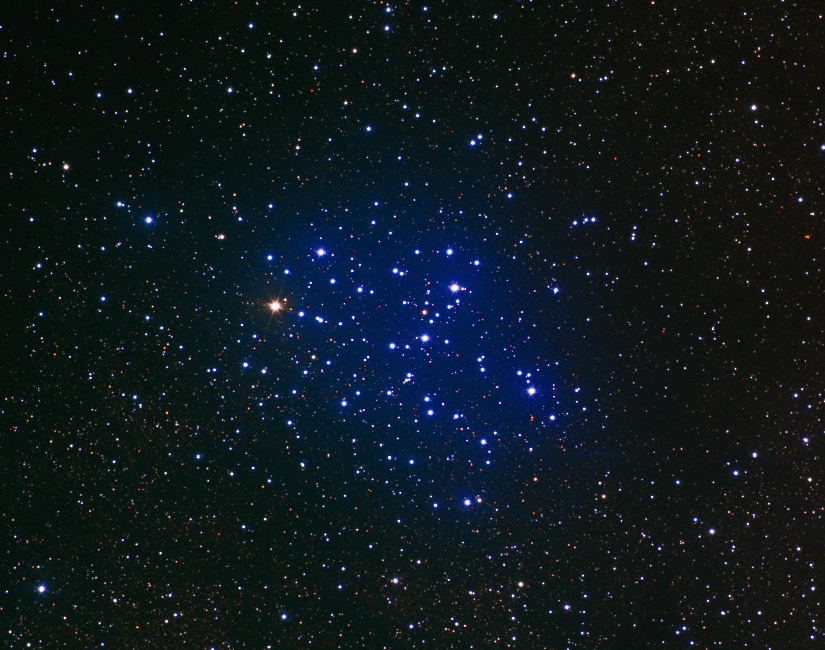I wonder who of you might be interested to devote some time, ideas and know-how to address --together with me-- the long overdue implementation and rendering of globular (and also open) clusters into Celestia. Since this is a scientific-level project, some previous experience with such type of analysis would be useful.
I don't need any programming help, really since the coding is quite straightforward. However, anyone interested in coding aspects is of course welcome.
What is quite important is to search and sort out available data sources. The most accurate source for coordinates and some other data is the Januar 6th 2006 edition of the revised NGC/IC catalog by Wolfgang Steinicke. (Just as for galaxies) . These data however are lacking distances! Here I have already other information sources...
-----------------------------------
CATALOG OF PARAMETERS FOR MILKY WAY GLOBULAR CLUSTERS:
THE DATABASE
Compiled by William E. Harris, McMaster University
This revision: February 2003
-----------------------------------------------
Altogether, we talk about ~150 globular clusters with all information ACCURATELY available. These include ALL respective Messier objects, of course.
As usual, the selected information will be extracted and merged via PERL into a .dsc data file. This I can do very quickly, once the data are there.
Next comes an interesting phase of testing the rendering (via sprites), optimize the colors and design the templates, etc...
Altogether, it's not very much work, since many aspects are quite in parallel to our previous galaxy implementation.
What is particularly interesting in the context of globulars is their typical satellite locations around our MilkyWay.
Here is a respective illustration from
http://www.anzwers.org/free/universe/globular.html
A plot of the globular cluster data onto a sideways view of our MilkyWay galaxy, revealing how globular clusters form a spherical halo around it!


Let me know....
Bye Fridger




